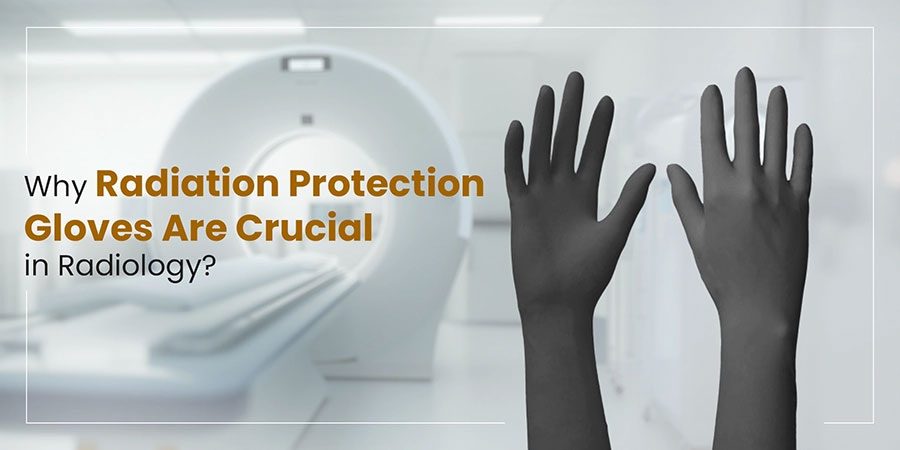Radiology involves the use of medical imaging techniques like X-rays, CT scans, Ultrasonography, and Nuclear Medicine to diagnose and treat various diseases and injuries. Specially trained medical doctors called radiologists utilize imaging technologies in a radiology setting.
When radiologists carry out cardiac cath lab, fluoroscopy, and electrophysiology lab procedures, they are at high risk of being exposed to scattered X-Ray radiation. To successfully capture images of internal structures of the patient’s body, multiple times they have to pass the X-Ray radiation beams through the patient’s body. This poses a risk of significant negative effects of scattered radiation exposure over time to the medical personnel operating on medical imaging machines.
One of the most vulnerable body parts of medical personnel that are very near to the radiation source and need the best protection from radiation exposure is the hands. Those medical personnel who routinely work in a radiology setting have prolonged radiation exposure which can cause serious dermatological and musculoskeletal problems. The hands, if not radiation-protected, can be affected with a spectrum of problems like radiation dermatitis, skin pigmentation changes, psoriasis, nail dystrophy, and skin cancer (squamous cell carcinoma and basal cell carcinoma), in severe cases. This is where the use of a hand shield- the radiation protection gloves becomes a necessity.
In radiological interventions, radiation protection gloves are worn by the radiologists for performing daily procedures. Radiation protection gloves are designed to protect the hands of radiologists from the harmful effects of ionizing radiation. Radiation protection material is usually a metal with a high atomic number and can absorb and scatter radiation, before the radiation reaches the skin, thereby guarding hands against immediate skin damage. Radiation protection gloves play a significant role as a crucial defense. These prevent the development of long-term illnesses and allow medical personnel to continue caring for patients without having compromised health.
Radiation protection gloves can significantly reduce the radiation exposure being absorbed by the hands but still, the protection isn’t 100%. To maximize the protection of hands against harmful radiation exposure by radiation, here are some tips for medical personnel:
- Avoid exposing the hands to direct radiation beams.
- Do not miss on wearing lead gloves, when in a radiology setting.
- If possible, work with radiation on the exit-beam side of the patient.
Superior quality, sterile radiation protection lead free gloves are available at reasonable prices with Kiran. We are the leading manufacturer of radiation protection lead free gloves and we also cater to all levels of healthcare organizations. To purchase our radiation protection lead free gloves or any other innovative radiation protection products, contact us today.


